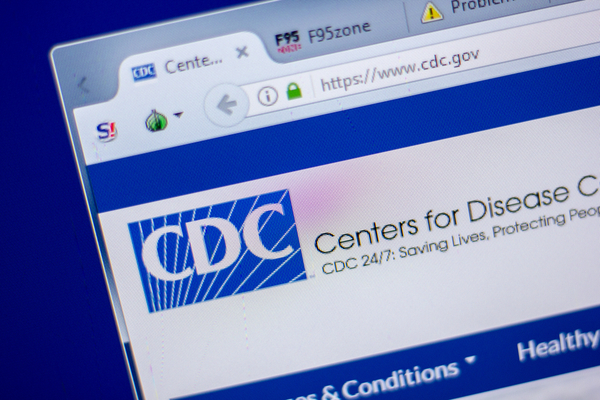As CNN reports, for the first time since 2016, the US Centers for Disease Control and Prevention (CDC) has updated its guidelines for clinicians and patients on the use of prescription opioids to treat short-term and long-term pain. The update comes as drug overdose deaths have risen dramatically in recent years, although the majority of those deaths are now driven by illicit synthetic opioids, not prescription drugs.
The new guidelines from the CDC include 12 recommendations for clinicians who are prescribing opioids for adults with acute pain lasting less than a month, subacute pain lasting one to three months and chronic pain lasting more than three months.
The guidelines shift away from more stringent 2016 guidelines around prescribing that some experts said led to “unintended consequences” for patients with pain. The update includes more focus on treating short-term acute and subacute pain, as well as more emphasis on clinicians and patients already receiving ongoing opioid therapy to work together to assess the risks and benefits of long-term opioid use.
“The science on pain care has advanced over the past six years,” Dr. Debbie Dowell, chief clinical research officer for CDC’s Division of Overdose Prevention, said in a news release. “During this time, CDC has also learned more from people living with pain, their caregivers, and their clinicians. We’ve been able to improve and expand our recommendations by incorporating new data with a better understanding of people’s lived experiences and the challenges they face when managing pain and pain care.”
According to CNN, the new guidelines recommend that when starting opioid therapy for any pain patient – acute, subacute or chronic – “clinicians should prescribe immediate-release opioids instead of extended-release and long-acting” opioids, as evidence has not been found to show that continuous long-acting opioids are more effective or safer than intermittent use of immediate-release opioids.
“When opioids are initiated for opioid-naïve patients with acute, subacute, or chronic pain, clinicians should prescribe the lowest effective dosage,” according to the updated guidelines. “When opioids are needed for acute pain, clinicians should prescribe no greater quantity than needed for the expected duration of pain severe enough to require opioids.”
“The guideline explicitly advises against abrupt discontinuation or rapid dose reductions of opioids,” said Dr. Christopher Jones, acting director of CDC’s National Center for Injury Prevention and Control. “That is based on lessons learned over the last several years as well as new science about how we approach tapering and the real harms that can result when patients are abruptly discontinued or rapidly tapered. And we’ve seen that play out certainly in the research and also from personal stories from patients whose clinicians stopped prescribing to them or abandon them from care or rapidly forced them to get to a much lower dose of opioids and there are very real harms.”
Overall, the CDC’s 2022 guideline for prescribing opioids aims to promote equitable, informed, individualized and safe pain management for patients – but evidence to guide treatments is still lacking, Dowell and other researchers from CDC, the National Center for Injury Prevention and Control, and Oregon Health and Science University, wrote in a perspective paper that published in the New England Journal of Medicine.
“Ideally, new recommendations should result in greater and more equitable access to the full range of evidence-based treatments for pain, more judicious initial use of opioids, and more careful consideration and management of benefits and risks associated with continuing, tapering, or discontinuing opioids in patients who are already receiving them long term,” Dowell and her colleagues wrote in the paper.
“Evidence to guide the best achievable pain management remains limited, and research should address critical remaining gaps, including longterm comparative effectiveness of therapies for pain,” they added. “Patient–clinician communication about benefits and risks associated with opioids remains central to treatment decisions.”
—
Photo Credit: Sharaf Maksumov / Shutterstock.com
